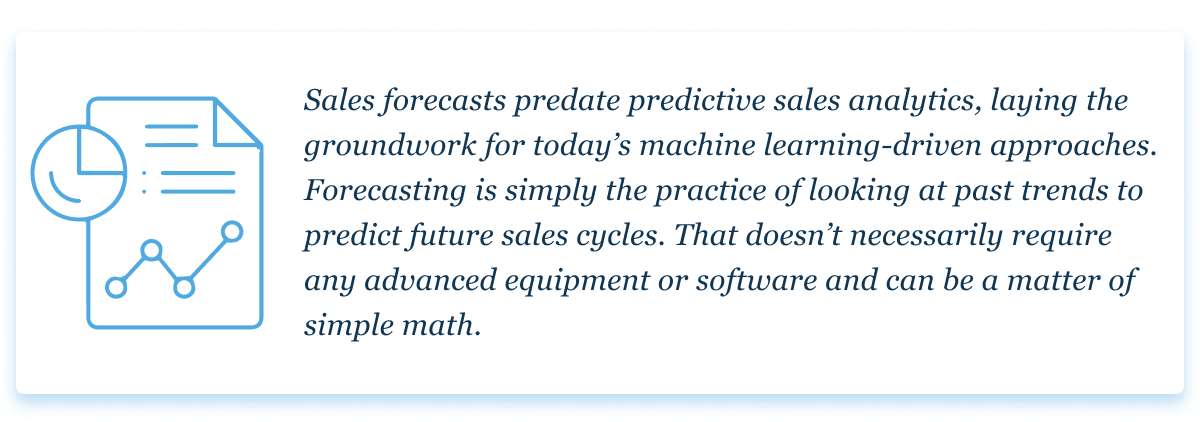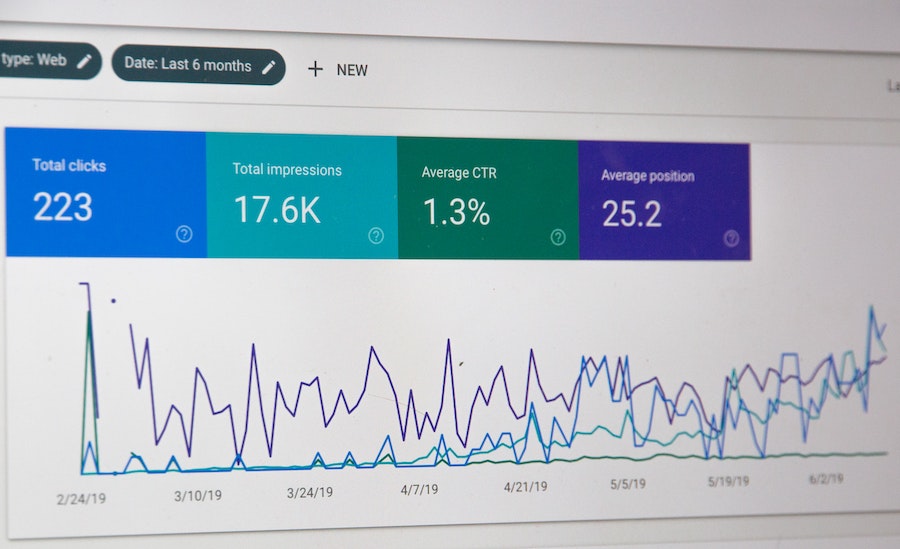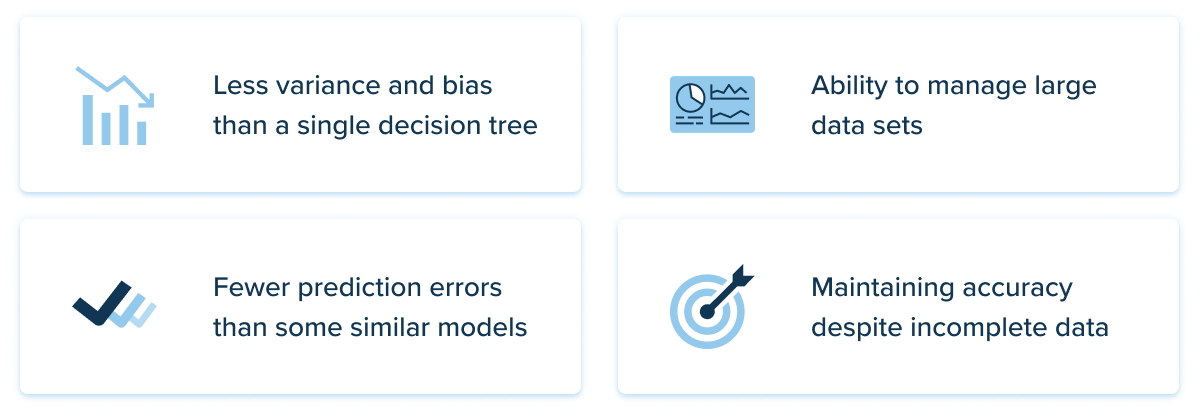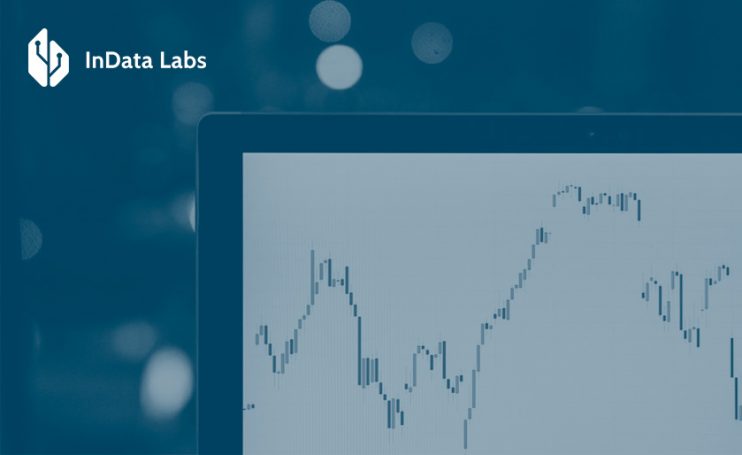Predictive analytics for sales forecasting is one of today’s most disruptive innovations for businesses. Forecasting has been around for decades, but predictive sales analytics take it to new heights. This technology lets companies become more agile, less wasteful and more profitable.
Data analytics technologies have become so popular so quickly that many companies have heard of them but don’t understand them. Here’s a deeper look into predictive forecasting models and how businesses can use them to optimize their operations.
What is sales predictive analysis?
Predictive analytics for sales forecasting learns from historical data to predict future changes in customer behavior. Like other predictive analytics business use cases, it pulls data from multiple sources to understand more about customers. More specifically, it learns how consumers’ purchasing habits tend to shift in response to various situations.
These insights help businesses know when to scale certain operations. An apparel company might produce fewer winter coats as warmer weather approaches, and an E-commerce business might promote more electronics as the holiday season nears. Regardless of the specifics, reacting to incoming changes helps maximize sales and minimize waste.

Source: Unsplash
The world creates, captures and consumes more than 64 zettabytes of data a year, and that figure keeps increasing. Predictive analytics in sales forecasting aims to capitalize on that wealth of information. Businesses can gain reliable, actionable insights by running massive amounts of data through machine learning algorithms.
Forecasting vs. predictive forecasting
It’s important to clear some confusion surrounding predictive analytics and forecasting. It’s easy to confuse forecasting and predictive forecasting, given the similarities in their names and goals. Despite how close these terms are, forecasting itself is not necessarily predictive analytics.

Predictive sales forecasting takes this practice a step further by introducing machine learning models into the equation. Conventional forecasting techniques are often time-consuming and inaccurate. Most salespeople spend 2.5 hours a week forecasting to produce less than 75% accurate results. Automating this practice through predictive sales analytics software improves accuracy and efficiency.
How do predictive forecasting models work?
Predictive forecasting models work similarly to other predictive analytics solutions, leveraging Big data to form an accurate picture of future outcomes. At its core, the process looks a lot like traditional sales forecasting, but it happens on a much larger scale.
First, businesses collect massive amounts of sales data and contextual information. That includes historical data and more recent, even real-time developments. Predictive algorithms then take this information and look for patterns. Repeated trends in past cycles suggest that similar things could happen in future events.

Source: Unsplash
The algorithms then apply these trends to more recent data to predict future sales figures. Just as recommendation systems can learn what customers want based on their past behavior, sales forecasting models provide similar insights to businesses. They may find that customers won’t want products during certain times of the year or that some leads may result in more sales than others.

How can predictive analytics impact sales performance?
Businesses that have insight into future sales trends can adapt to meet them. Forecasting models that suggest some markets will stop buying a given product as much can focus their marketing efforts elsewhere or produce less. Conversely, if another market segment sees rising demand, companies can target them more aggressively and increase production to meet their needs.
Regardless of the specifics, predictive analytics and sales performance go hand in hand if businesses react appropriately. Adjusting to these trends early helps avoid surpluses and shortages and can optimize marketing strategies. Consequently, companies can make more sales and profit from these transactions by simultaneously reducing waste.
Predictive sales analytics examples
The widespread use of predictive analytics in retail and E-commerce is a prime example of predictive sales analytics in action. Amazon’s recommendations, which make up 35% of its sales, come from machine learning insights about what will sell the best in which consumer segments.
Platforms like Uber and Airbnb adjust their prices based on sales predictions, raising them when anticipating higher demand. And call centers for all kinds of businesses such as these are using predictive analytics to determine traits such as customer behavior and demographics to help the company make more sales in the future, as well as directly predict conversion rates.

Source: Unsplash
Data analytics in the pharmaceutical industry take a similar approach to predictive sales forecasting. Pharma companies can analyze medical history and trends between demographics to determine which medications best fit a market segment’s needs. They can maximize sales by tailoring who they market which drugs to.
Real-world examples go beyond consumer markets, too. Predictive analytics for B2B sales and marketing has helped companies like Monsanto and Orica adapt their offerings to meet customers’ needs and boost sales. Predictive analytics reveals what businesses are more likely to invest in, helping tailor services or products to maximize B2B sales.
Making the most of predictive sales analytics
Predictive sales analytics software can produce impressive results, but it’s important to note that these don’t come automatically. Like any tool, improper usage of these algorithms will result in unfavorable outcomes. Businesses hoping to experience this technology’s full potential need to use it correctly.
Here are a few crucial steps to make the most of predictive analytics for sales forecasting.
1. Use quality data
Perhaps the most important factor to remember is that poor-quality data will produce insufficient insights. Feeding incomplete, inaccurate or otherwise misleading information into a predictive model will cause it to draw conclusions that may not reflect real life. Consequently, poor data quality costs businesses $12.9 million a year on average.

Data cleaning and organization are also crucial. Before feeding information into predictive forecasting models, teams should ensure it’s complete and features no redundancies. Standardizing formats and providing contextual information will also help algorithms understand the data better.
2. Acquire or train talented data professionals
Data analytics can be a complicated science, and human error can affect the accuracy of any analytics insights. Consequently, businesses should ensure they have a knowledgeable, skilled data science workforce to manage these algorithms. Acquiring top talent may be difficult amid the widespread data scientists shortage, but there are a few ways around that obstacle.
First, businesses can train talented data professionals from their existing workforce. Instead of competing to find top talent from outside the company, they can create it from within. Offering upskilling and reskilling programs to existing workers can help companies develop teams that know how best to approach these algorithms.

Source: Unsplash
Alternatively, companies can turn to outsourced services. Businesses that can’t find their own expertise can hand their data operations over to outside experts who can help them create accurate predictive models. This can also help minimize costs.
3. Organize to react to insights
It’s also important to understand that the analytics software’s job is to produce actionable insights, not sales. Sales forecasts work similarly to predictive maintenance algorithms in that they’re supposed to inform better decisions. Making and enabling those choices requires businesses to be organized enough to react to shifting forecasts.
Making the most of predictive sales forecasting is often a matter of quick reactions. Businesses must be able to see and share these insights with relevant parties quickly. They’ll then have to adjust their production, sales tactics or other workflows in minimal time, which requires agile, flexible operations.

4. Start slow
The prospect of using predictive analytics for sales forecasting is exciting, but it’s often best to start slow. Companies that don’t already have data collection, storage and cleansing technologies in place may find them expensive to implement. It can also take time to learn how to use these insights effectively.
Companies can start by finding the area of their sales that can benefit the most from predictive forecasting. That could be a target market that teams struggle with, a product with volatile demand cycles or anywhere else where sales figures fall short of expectations. Employees can apply predictive analytics to these specific areas first, then slowly expand to include more sales.

Source: Unsplash
This gradual approach will help teams learn best practices for using predictive analytics in sales forecasting. They’ll see which data is the most helpful, how they can react appropriately and which models produce the most relevant results. Growing slowly can also help offset upfront costs, making data analytics more affordable.
What predictive analytics algorithm is best for sales forecasting?
Predictive sales forecasting comes in many forms. All predictive modeling and sales analytics software may serve a similar purpose, but they approach their goals differently. Consequently, which analytics algorithm is best for sales forecasting depends on the specific situation at hand.
A sales algorithm for predictive analytics in education will likely look different than a model for predictive analytics in health, and factors can vary even within the same industry. With that in mind, here’s a look at some of the most popular predictive algorithms for sales forecasting.
1. Random forest
Random Forest is one of the most widely used predictive analytics algorithms. These models run data through multiple decision trees and aggregate the results to produce the most reliable insights. Combining insights from various smaller models allows these algorithms to find the most likely outcomes and work through larger data sets faster.
Each decision tree in a Random Forest uses a slightly different training data set, so each one will produce various results. These algorithms contain lots of variety, so any commonalities between the individual trees’ insights are more likely to be accurate to real life. As a result, Random Forest algorithms often boast impressive reliability.
Random Forest algorithms have many advantages, including:

Businesses with massive amounts of data or limited machine learning experience may benefit the most from these simple, versatile algorithms. However, these models can be slow since running data through so many trees takes time. Consequently, companies that need more agility may want to use something else.
2. Generalized linear model
Generalized linear models (GLMs) are another good type of predictive algorithm for sales forecasting. GLMs take traditional linear regression models and refine their results. Instead of looking at trends as a direct one-to-one relationship, they narrow down variables and look at more relationships, helping find the most likely outcome.
Changes in real life are rarely as constant and consistent as linear regression suggests, so GLM is more helpful for sales forecasting. GLMs introduce other statistical models like logistic regression into the equation to help tame linear regression’s results.
On top of being more accurate than traditional linear regression models, GLMs:
- Train quickly
- Offer a clear picture of how they reach their conclusions
- Are versatile
- Are reasonably resistant to overfitting.
Unfortunately, GLMs don’t account for outliers well and require large datasets. As a result, they’re better suited to larger companies with more consistent data.
3. Prophet
Prophet is a different type of predictive analytics model for sales and marketing. It’s an open-source forecasting model from Meta. This specific focus may make the algorithm less versatile, but it’s ideal for sales forecasts. It’s also entirely automated, helping reduce time and skills requirements.
Prophet works in both Python and R and looks at seasonal impacts on non-linear trends. It can account for daily, weekly and yearly seasonality and adjust outputs according to holidays. As a result, it’s a helpful tool for businesses whose sales shift widely over different times of the year.
Prophet is fully automated and fairly straightforward, so it is a good fit for smaller businesses or those without much data science experience. However, companies that want more control or insight into their analytics operations may wish to use a different predictive sales analytics software.
Predictive analytics: revolutionizing sales forecasting
Predictive analytics for sales forecasting can help businesses maximize their marketing and sales efforts. Sales teams that want to make the most profit, reach the largest audience or reduce turnover need to predict future trends. Predictive sales analytics makes that possible.
More businesses are embracing this technology, and those that don’t will quickly fall behind. Companies that want to make more sales and pull ahead of the competition need to capitalize on advanced analytics to react to future sales cycles.
Author bio
April Miller is a senior writer with more than 3 years of experience writing on AI and ML topics.
Improve sales forecasting with predictive analytics
Looking for a skilled team of data scientists to help with predictive forecasting? Contact us, and we’ll get back to you with ideas on how to develop the best possible solution for you.
